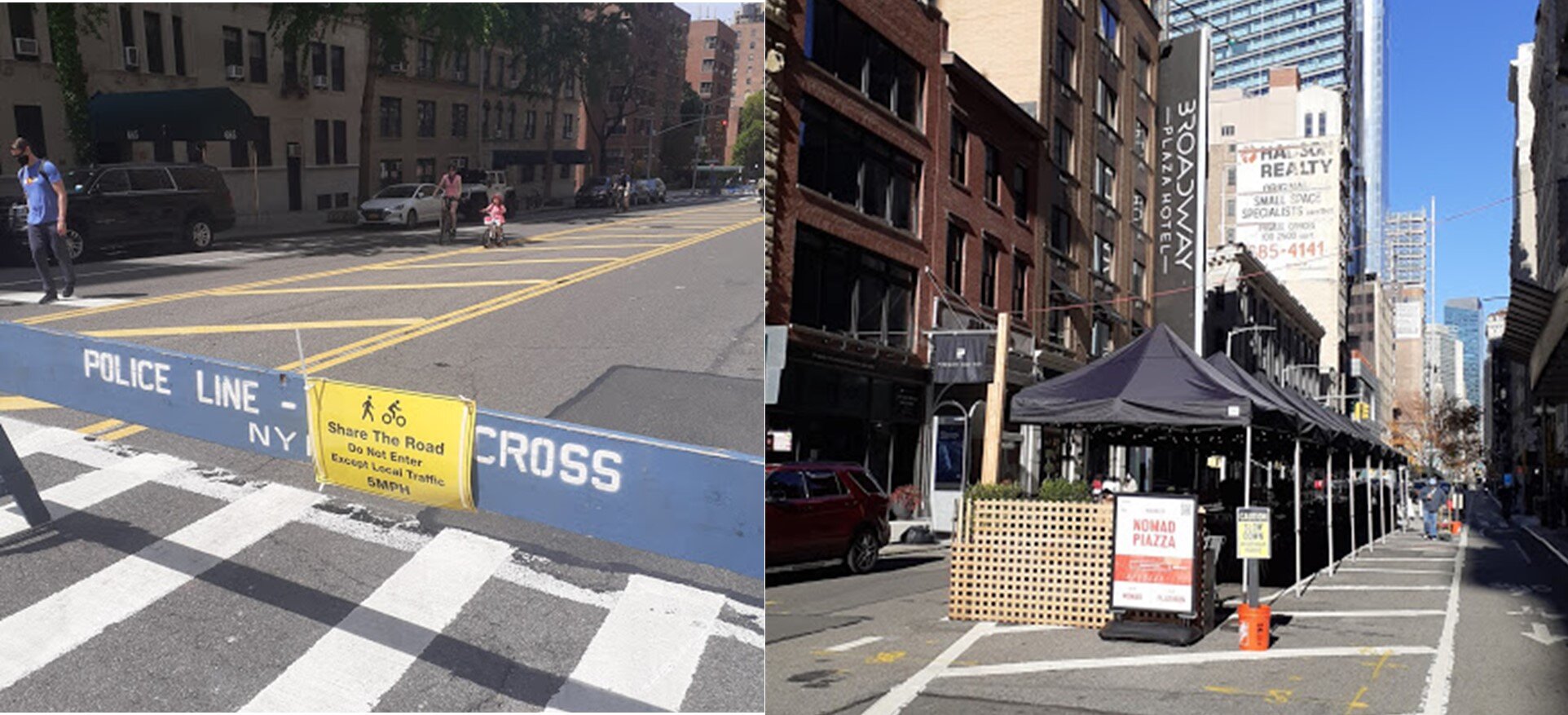It is a nice feeling to have your own weekend-only secret spot. I have found mine ever since I first visited Dreamy in early March. Dreamy is often referred to as a coffee supermarket but I prefer calling it a coffee market. The term supermarket, to me, sounds a tad cold and lacking in human interaction. (Also, my research focuses on public markets; this may explain my sentiments toward supermarkets.)
But Dreamy is a warm place. The Canadian Roasting Society (CRS) is the force behind Dreamy. The CRS was founded by Andy Kyres, owner of Tunnel Espresso, and Scott Rao, who co-founded (and later departed) Café Myriad. As Dreamy frequent flyers, we got to know Andy and learn more about coffee as well as the coffee market. Andy is, just like the place, a warm and humble person. He shares his extensive, multi-faceted knowledge in coffee, takes time to answer our questions (whether it be about coffee or about the place itself), and makes us some of the best coffee I have ever had in all my years of coffee consuming.
Figure 1. Coffee roasting at the CRS factory. Aiming to help independent cafés and other smaller-scale coffee roasters, the CRS provided the space and equipment needed for roasting coffee. Image source: Judy Chen. Montreal, 2021.
Andy said the pandemic accelerated the birth of Dreamy. Andy’s coffee shop, Tunnel, was shut down due to the pandemic. But coffee runs in Andy; he wanted to keep making and sharing coffee with other coffee lovers. Then Andy turned his eyes to the CRS. Located in a warehouse on St-Patrick Street in Sud-Ouest, Montreal, Andy thought the openness of the factory space combined with the large outdoor space made a great candidate for a pandemic coffee venue.
Figure 2. The selection of coffees. Andy is committed to having anywhere from 14 to 18 different roasters available on their shelves at one time. Image source: Judy Chen. Montreal, 2021.
The CRS started with the vision of creating a coffee coworking space. This coworking space brings together and supports the coffee community. Dreamy, on the other hand, supports the Covid-affected community. The head baker of Dreamy, Missy Hansen Murphy, told us that she was a flight attendant until Covid hit. Baking has always been her interest and Dreamy provided her a platform to continue her passion in baking. While making delicious Southern-style biscuits to pair with coffee Missy Hansen Murphy also eagerly awaits the day when she can return to the skies.
Figure 3. Dreamy. Being hit by Covid, Andy continues making coffee here while Missy Hansen Murphy takes over the baking station. Image source: Judy Chen. Montreal, 2021.
Figure 4. The outdoor terrace. With help from the city government, Dreamy now has an eye-catching and fun terrace with tables surrounding the tree trunks. Image source: Judy Chen. Montreal, 2021.
Dreamy is not just a weekend pop-up; it is a place demonstrating the resilience of coffee culture. The strategic use of the factory space, the engagement of the community and the enthusiasm of urban dwellers—both the team behind Dreamy and us coffee lovers—together show the strength and determination humans possess.






